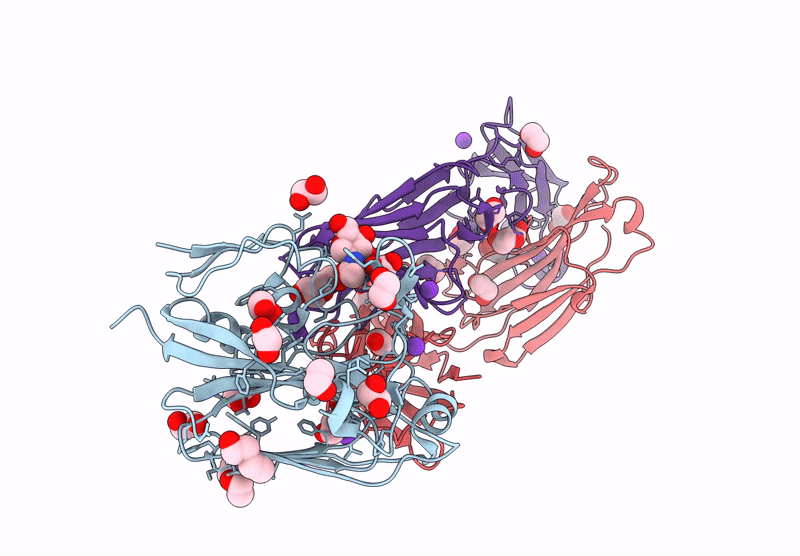
Deposition Date
2024-12-08
Release Date
2025-03-19
Last Version Date
2025-03-19
Entry Detail
PDB ID:
9MER
Keywords:
Title:
Structure of H1H5:FluA20 Chimeric Influenza HA Complex
Biological Source:
Source Organism:
Influenza A virus (Taxon ID: 11320)
Homo sapiens (Taxon ID: 9606)
Homo sapiens (Taxon ID: 9606)
Host Organism:
Method Details:
Experimental Method:
Resolution:
2.00 Å
R-Value Free:
0.21
R-Value Work:
0.20
R-Value Observed:
0.20
Space Group:
P 43 21 2


